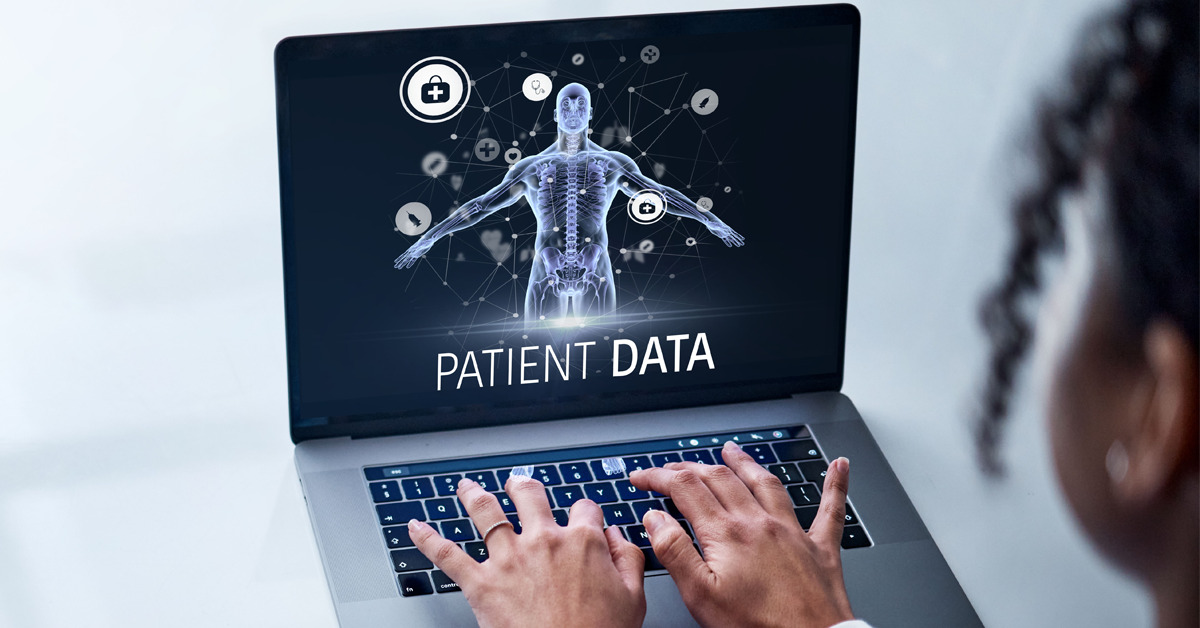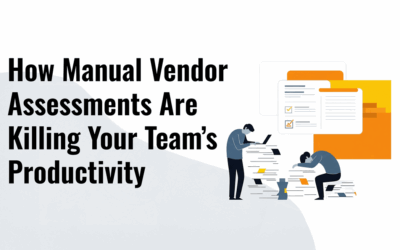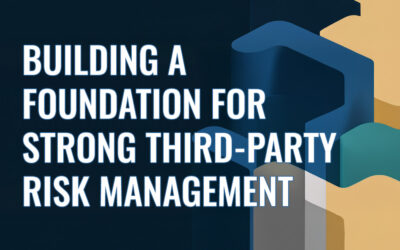Securing healthcare organizations from cyber threats is an increasingly daunting challenge. Third-party breaches are one of the most pressing dangers on the horizon, with vendors and supply chain partners potentially exposing hospitals and healthcare systems to data theft or infiltration via their networks. Safeguarding sensitive information requires sufficient vigilance over third parties as well as rigorous strategies in place for detecting malicious activities at any level within an organization’s ecosystem.
Understanding the Risk of Cyber Threats from Third-Party Vendors
By granting third-party vendors and supply chain partners privileged access to critical systems, healthcare organizations open the door of their networks to a wealth of potential security risks. Remote connections are especially susceptible as they inherently lack robust cyber protections – leaving these companies vulnerable to attack from criminals seeking unsecured entry points into sensitive medical data. Wisely using unique user identities in conjunction with secure tools is key for any organization hoping to protect its digital assets against malicious actors.
Lack of resources is a major obstacle – nearly half of the healthcare organizations surveyed reported that there is no specific person assigned to assess risks and that they have an incomplete understanding of who has access to their network. Without prioritizing these issues, organizations may find their doors wide open for attack.
The Importance of Regular Security Assessments and Audits of Third-Party Vendors for Healthcare Organizations
As healthcare continues its shift towards outsourced services and cloud technology, the security of digital assets is more important than ever. According to CSA’s research, public clouds are increasingly vulnerable to healthcare-focused ransomware attacks on medical devices that can spread via synchronization across applications if not monitored correctly. For businesses in this sector to remain secure from malicious online attacks, they must take every necessary measure when transferring data between vendors or into a new remote environment—defining an effective prevention plan will be key in keeping patient records protected.
As the threat posed by third-party data sharing continues to increase, organizations must prioritize their response accordingly. Recent studies found that 82% of IT and security personnel understand this risk – but only half actively take steps to mitigate it. Even more alarmingly, survey respondents estimated 40% of critical material would be shared externally over five years without proper assessment or protection in place; leaving them exposed to unwanted cyber threats. Organizations must remain vigilant if they hope to overcome these risks.
Organizations can make regular security assessments and audits of third-party vendors more efficient by proactively seeking out critical information and taking a streamlined approach. Operating with due diligence is essential to protect confidential data, making it vital that organizations take steps now before trusting vendors with sensitive materials. The reward will be well worth the effort as businesses gain greater confidence in their relationships while saving time on assessment completion.
As part of a successful TPRM program, it’s crucial to continuously assess inherent risks. Doing so can help organizations quantify this critical factor and incorporate it into a strategy for managing third-party relationships.
To ensure effective third-party risk management, an assessment of inherent risk must take place from the get-go. By evaluating characteristics such as data access and compliance adherence across countries and tiers on a case-by-case basis, companies can identify which vendors pose higher levels of danger to their systems, allowing them to manage these relationships securely.
After identifying inherent risk, the next step is to unify and monitor data across the entire lifecycle to achieve greater control over third-party relationships. Automated system controls, build-in accountability structures, and establish regular audit cadences to gain insight into potential risks before they become costly incidents. Strengthen governance with a single source of truth. Be prepared for disruption when it occurs while minimizing its impact on operations through carefully designed processes. Thorough preparation for incident response can be an invaluable asset in protecting teams from unexpected events.
The Role of Continuous Monitoring in Third-Party Risk Management for Healthcare
Risk assessment, firewalls, and antivirus software are no longer enough. As a healthcare organization, it is essential to consistently review third-party security practices and make sure they meet compliance and industry standards. Taking action today will provide ongoing protection against potential risks in the future. Continuous monitoring enables a more proactive approach, saves time, and resources, and provides objective context to prevent human error and inaccuracies.
In part 2 of “Building a Robust third-party risk management program (TPRM) for healthcare organizations”, we will break down the basics of Third-Party Risk Management and highlight the best practices for building an effective TPRM program for healthcare organizations.
Request a Demo
If your healthcare organization lacks continuous third-party risk monitoring, act now! Leverage the power of ProcessBolt AI to protect your healthcare organization from vendor-related risks. With ProcessBolt’s vendor risk management (VRM) monitoring, you can confidently secure a safe and compliant environment for your organization. Fill out the below form to learn more.




